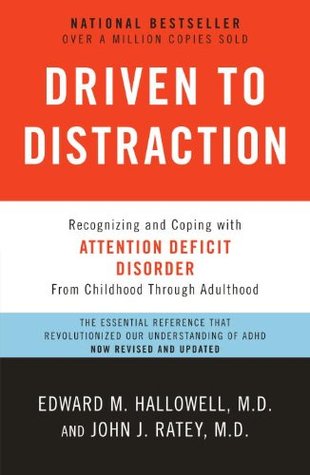More on this book
Community
Kindle Notes & Highlights
Started reading
February 21, 2019
At the heart of the moral model beats the conviction that willpower controls all human emotion, learning, and behavior. Under this model, the cure for depression is to cheer up. The cure for anxiety is to suck it up. And the cure for ADD is to try harder.
The “morbidity” of untreated ADD is profound. Twenty-five percent of the prison population has undiagnosed ADD. Most of the kids in the juvenile justice system have untreated ADD. Traffic accidents are eight times more common than in the general population. If you have ADD, you are 40 percent more likely to get divorced than if you don’t, and 30 percent more likely to be unemployed. Estimates run as high as 40 percent of the addicted population having ADD, and a significant proportion of the eating-disordered population.
ADD is a neurological syndrome whose classic defining triad of symptoms include impulsivity, distractibility, and hyperactivity or excess energy.
The hallmark symptoms of ADD are easy distractibility, impulsivity, and sometimes, but not always, hyperactivity or excess energy.
These people are on the go. Type A personalities. Thrill seekers. High-energy–, action-oriented–, bottom-line–, gotta-run–type people. They have lots of projects going simultaneously. They’re always scrambling. They procrastinate a lot and they have trouble finishing things. Their moods can be quite unstable, going from high to low in the bat of an eye for no apparent reason. They can be irritable, even rageful, especially when interrupted or when making transitions. Their memories are porous. They daydream a lot. They love high-stimulus situations. They love action and novelty. Just as this
...more


